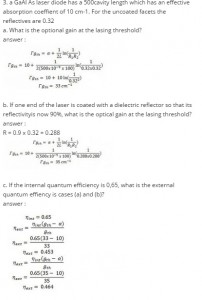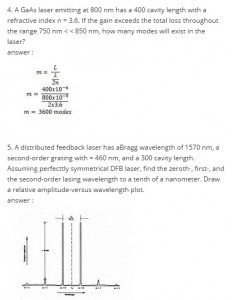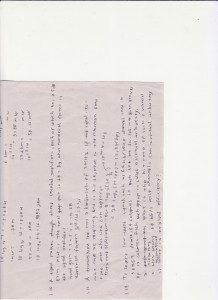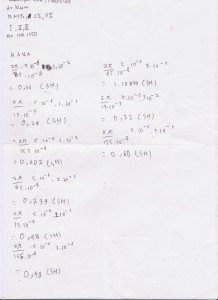Tugas Optical Sources Assignments
Tugas SKO 4
Tugas SKO 3
Tugas 2 SKO
Tugas SKO Numerical Aperture
A multi-mode optical fiber will only propagate light that enters the fiber within a certain cone, known as the acceptance cone of the fiber. The half-angle of this cone is called the acceptance angle, θmax. For step-index multimode fiber, the acceptance angle is determined only by the indices of refraction of the core and the cladding:
where ncore is the refractive index of the fiber core, and nclad is the refractive index of the cladding. While the core will accept light at higher angles, those rays will not totally reflect off the core–cladding interface, and so will not be transmitted to the other end of the fiber.
When a light ray is incident from a medium of refractive index n to the core of index ncore at the maximum acceptance angle, Snell’s law at the medium–core interface gives
From the geometry of the above figure we have:
where  is the critical angle for total internal reflection.
is the critical angle for total internal reflection.
Substituting cos θc for sin θr in Snell’s law we get:
By squaring both sides
Solving, we find the formula stated above:
This has the same form as the numerical aperture in other optical systems, so it has become common to define the NA of any type of fiber to be
Hello world!
Welcome to Telkom University Student Blog. This is your first post. Edit or delete it, then start blogging!


















